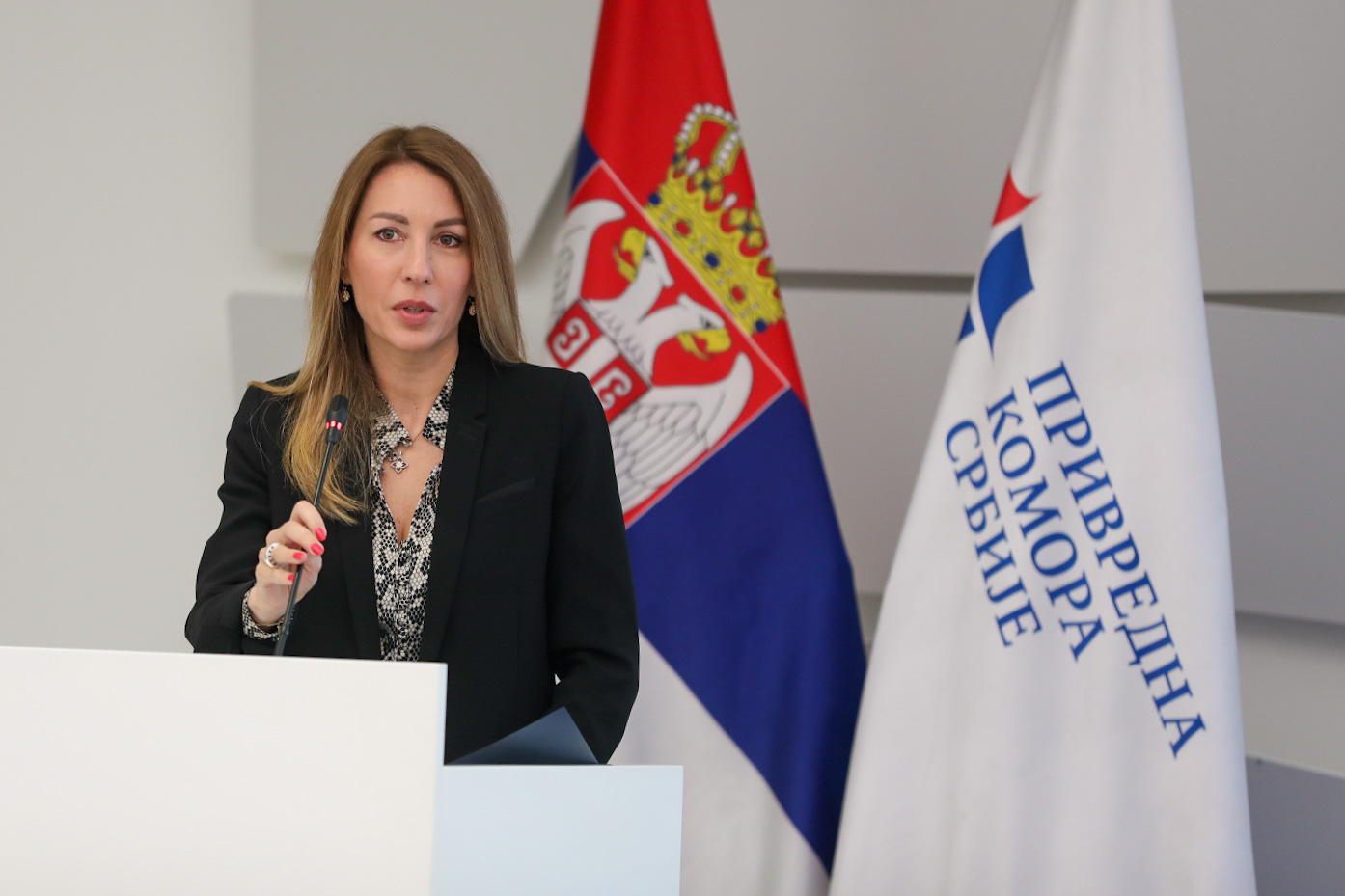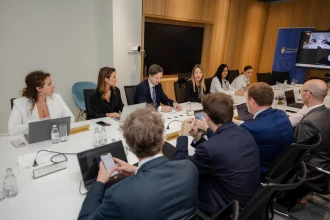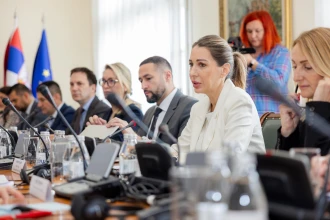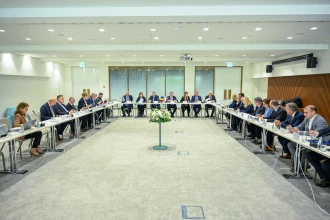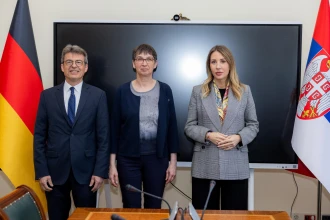With the adoption of the Integrated National Energy and Climate Plan of the Republic of Serbia until 2030, with projections until 2050, a new stage in the development of Serbia's energy sector begins, which aims to contribute to greater security of supply, an increase in the participation of clean energy sources, and enhanced environmental protection, said Minister of Mining and Energy Dubravka Đedović Handanović on the occasion of the adoption of this document by the Government.
Đedović Handanović: Integrated Energy and Climate Plan Adopted; By 2030, 45 Percent of Electricity from RES
"With the adoption of the Integrated Plan, Serbia obtains a strategic document that aligns with Europe's vision regarding the decarbonisation of the energy sector and serves as a kind of 'road map' for Serbia's energy transition. This plan is tailored to the characteristics of our energy sector and the imperative that our citizens and the economy can count on secure supply at all times. The integrated plan focuses on investments in renewable energy sources, with around 3.5 gigawatts of new solar and wind power plants expected to come online by 2030, meaning that almost every second megawatt-hour of electricity generated will be produced from clean sources," said the Minister.
The measures outlined in this plan include, among other things, intensive investments in increasing energy efficiency across all sectors, greater use of RES for heating and cooling, and the gradual electrification of transportation. According to the Minister, the implementation of measures from the Integrated National Energy and Climate Plan (INECP) should enable the achievement of the primary goal in the fight against climate change: reducing greenhouse gas emissions by 40.3 percent compared to 1990 levels.
"By adopting an ambitious but achievable plan for the energy transition, Serbia has demonstrated its readiness to work on increasing its own energy security and independence while also fulfilling its international obligations regarding the global climate agenda. This is an important strategic document for compliance with the requirements of the European Union and includes the goal of coupling the electricity market with the EU single market. Serbia shares Europe's vision for energy, realizing it in accordance with our level of development and the resources at our disposal," said Đedović Handanović.
The Minister stated that the goals outlined in the INECP include the implementation of projects in both the public and private sectors.
"Energy transition is a subject of consideration for the state, as well as for businesspeople, the entire private sector, and every individual. We rely on private investments and aim to increase energy efficiency in households, which the state will certainly subsidize," she said.
The Integrated National Energy and Climate Plan (INECP) is a key strategic document that defines the strategic goals and the timeline for achieving them in the energy transition process. Policies and measures to achieve the goals of the INECP are grouped into five key dimensions: decarbonisation (which includes greenhouse gas emissions (GHG) and renewable energy sources), energy efficiency, energy security, the internal energy market, and research, innovation, and competitiveness.


